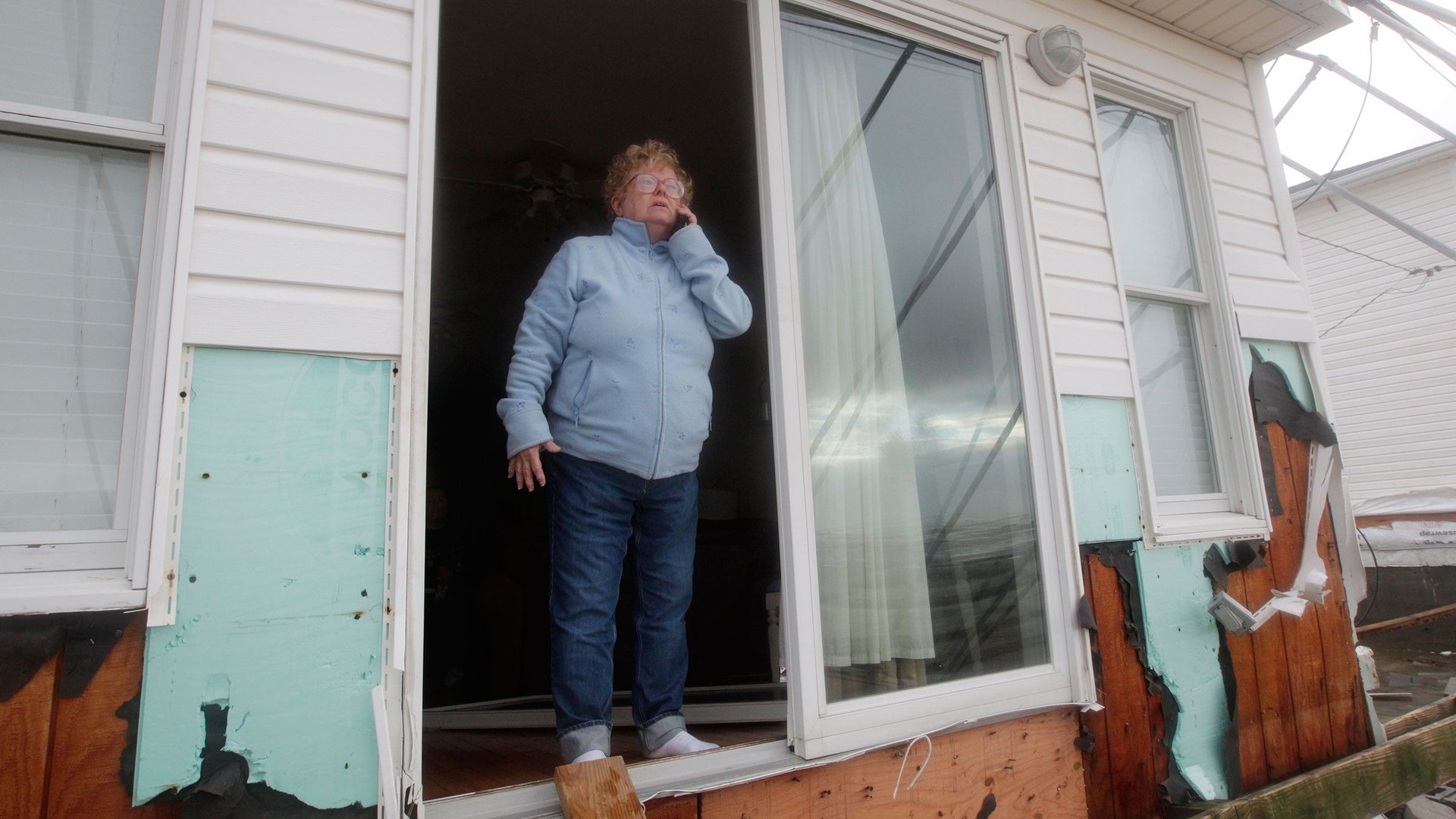In Sandy’s wake, here’s why millions of Americans have cell service but no power
More than eight million people on the US East Coast are currently without power (pdf), yet many of them still have at least spotty access to cellular networks. That’s because many cell phone towers have batteries or generators that act as backup power in the event of a failure of the electrical grid.


More than eight million people on the US East Coast are currently without power (pdf), yet many of them still have at least spotty access to cellular networks. That’s because many cell phone towers have batteries or generators that act as backup power in the event of a failure of the electrical grid.
Up and down the East Coast, coverage on all the major mobile networks remains spotty. In New York City, for example, 4G data networks are available even though voice and 3G data are not. Carriers are working to restore service.
It’s no accident that millions who are otherwise cut off from the outside world are still able to make calls, send text messages, or Tweet their way through this disaster using the cellular data services. And the roots of the robustness of the present-day US cell phone network lie in an earlier catastrophe–Hurricane Katrina.
When Katrina struck the US Gulf Coast in 2005, 70% of the cell towers in New Orleans were taken out. “The communications infrastructure completely collapsed,” said Curtis Papke, an engineer at Idaho National Laboratory. “Even if you had cell coverage, there was no one at the 911 centers to answer the call.”
There are many reasons a tower can become inoperable, but one of the most common is simply loss of power. That’s why in 2007 the US Federal Communications Commission released a “Katrina Panel Order” (pdf) recommending that almost all of the nation’s cell phone towers and other important pieces of the mobile infrastructure be equipped with at least eight hours of backup power. In 2008, the wireless industry sued to block the rule, and the Office of Management and Budget eventually killed it.
Since 2008, the judicial wrangling over backup power on cell towers has resulted in “regulatory paralysis.” Lawmakers and regulators haven’t exactly given up on the issue: Connecticut state senator Andrew Rorback has attempted to pass legislation that would accomplish the same thing as the FCC’s initial recommendations.
That doesn’t mean, however, that the US cell infrastructure is without backup power. In arguing against these rules, carriers said that they had learned Katrina’s lessons, and were taking steps to install more backup power on their towers. Verizon, for example, claimed that 90% of its cell towers already had some form of backup power. Mobile carriers’ desire to remain operational in the face of catastrophe has spawned an entire industry producing ever-denser and more robust battery systems for cell towers, and many of the most important cell towers have backup generators, some of which are even fueled by natural gas piped directly to them.
Even with all of this backup in place, the cables that physically connect cell towers to the wider internet and telecom networks can be severed, and towers can be physically knocked down. These events account for some of the mobile service outages on the East Coast. It’s also worth noting that cellular networks are built to accommodate some level of transmitter failure. Even when some towers go down, others will often remain, so service will degrade but not disappear completely. Emergency services rely on cell networks in addition to radio communication, so when disaster strikes, it’s especially important that they remain up as long as possible.